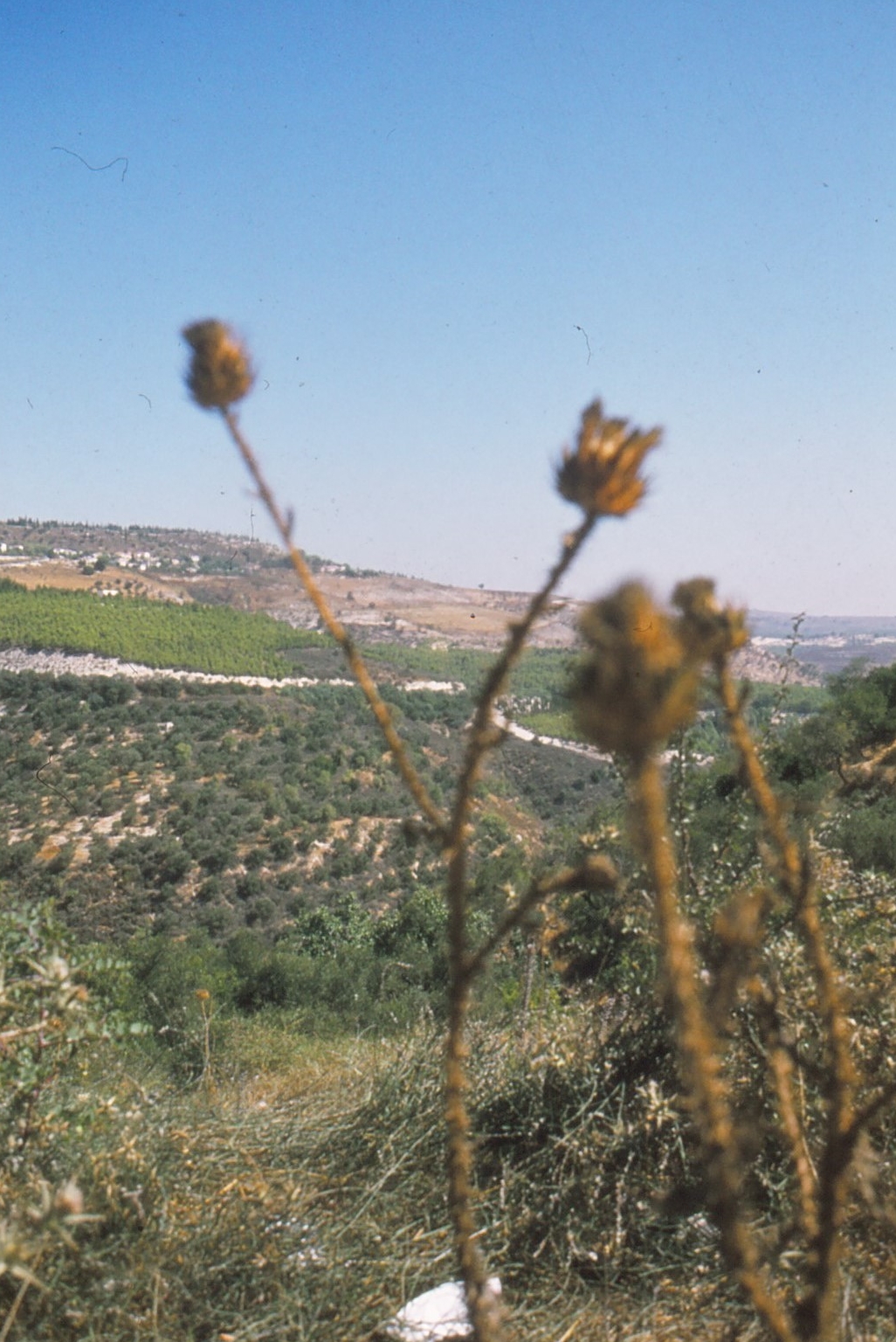Feeding people - Agricultural practises and land useLauantai 19.1.2019 klo 12.20 - Mikko Nikinmaa
The absolute amount of land that is used for agriculture is not increasing any more. New land is taken into use more or less in the same area as is lost as cultivated soil becomes infertile. The new cultivated land is mainly obtained through deforestration in the tropics. This means the loss of biodiversity and a decrease of the carbon dioxide sink of the forests. Although the human population has increased markedly in the past fifty years, the amount of feed per capita has also increased. This has happened via "green revolution", the increased yields per area partly as a result of the use of artificial fertilizers, irrigation, pesticides and high-yield strains of cultivated plants. There are, however, several downsides of the high-efficiency agriculture. First, it depletes the soils, which can become uncultivable. However, even if the fertility of the soil can be maintained with the use of artificial fertilizers, they leach in the inland waters, which are a limiting commodity anyway, and their eutrophication generates all sorts of problems for aquatic life. Irrigation improves the immediate water availability in cultivation, but it leads to overall decrease in ground- and lake water, as seen in Aral lake, Israel and California. Decreased groundwater levels can be one of the reasons for the Californian wildfires. Artificial fertilizers are, further, mined, and easily reached sites are more or less depleted. The use of pesticides is counterproductive, since non-target species are affected. Because of marked insecticide use it has already been suggested, and the results indicate clear correlation, that the decrease of beneficial pollinator populations is caused by the indiscriminate use of insecticides. The above examples indicate that the yield increases of "green revolution" may be temporary, and carry a heavy cost to the environment. In view of this, it appears that there are three possibilities to decrease the need for inreased agricultural land use. All of these are also important ways to combat climate change. The first is to limit population growth. To do this, especially women's education should be improved. The second is to decrease the number of farm animals, especially ruminants whereby the proportion of agricultural land as pasture fields can be decreased and crop cultivation increased. This will decrease the amount of methane produced. Third, production ofedible plants close to their sites of consumption, e.g., aquaponics in cities, should be encouraged. This decreases transport distances for agricultural production. |
|
Avainsanat: climate change, erosion, insecticides, biodiversity |

 Out of the world's area, 71 % is sea and 29 % land (including inland water). Out of this 29 %, about 71 % is habitable. About 50 % of this habitable area is used for agriculture: the area is much larger than that occupied by real forests (36-37 %), scrubland (10 %, much of this is eroded farmland) or urban areas (2 %). Most of the agricultured land is pasture (77 %). Thus, all the crops for human food are cultivated in less than 25 % of the agricultural area.
Out of the world's area, 71 % is sea and 29 % land (including inland water). Out of this 29 %, about 71 % is habitable. About 50 % of this habitable area is used for agriculture: the area is much larger than that occupied by real forests (36-37 %), scrubland (10 %, much of this is eroded farmland) or urban areas (2 %). Most of the agricultured land is pasture (77 %). Thus, all the crops for human food are cultivated in less than 25 % of the agricultural area.